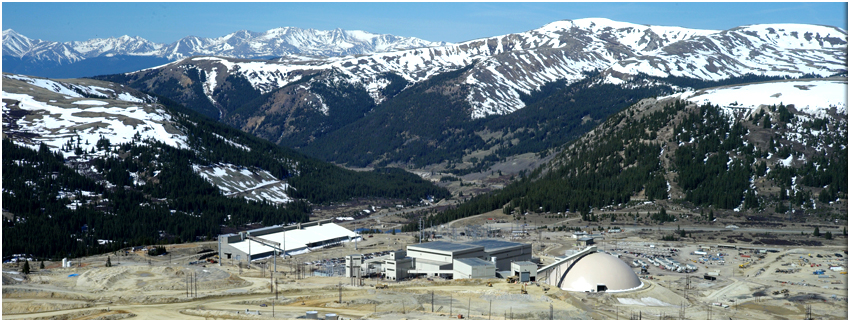Roskill’s latest molybdenum report provides an in-depth look at the industry, offering detailed coverage of historical trends as well as ten-year forecasts. The Molybdenum Market Outlook to 2028 provides an analysis of supply, demand, trade and prices, and offers detailed historical and forecast data that will be ideally suited to the needs of industry participants, traders and investors.
Molybdenum prices recovered over the course of 2017, following two successive years of decline that dragged the ferromolybdenum price to a floor of $12.4/kg in November 2015. Although prices started to recover in 2016, the rise was modest and on average, prices in 2016 were still below 2015 levels. Prices rose further through 2017, reaching an average of $23.6/kg in December of that year and a full-year average of $20.3/kg. There have been further gains in early 2018, with prices rising to an average of $30.8/kg in March of this year but since then, prices have traded below this level, albeit slightly.
The molybdenum market endured a sharp slump in demand in 2015 as oil prices crumbled, followed by a weak recovery in 2016 as oil prices stabilised. The decline in activity in the oil & gas sector had a major impact on the requirement for oil country tubular goods, and by extension, on demand for molybdenum. Oil prices recovered in 2017, however, driving renewed activity in the oil & gas sector. This led to an increase in operating rigs worldwide and so lifted requirements for molybdenum-containing steel products. Overall, Roskill estimates that molybdenum consumption rose by 8.1% y-on-y in 2017. Demand is expected to continue rising in the years ahead, thanks to growing steel production and greater consumption by the chemicals industry, particularly in catalysts.
The improvement in molybdenum demand in 2017 has been matched by a rise in supply. Mine production of molybdenum dropped in 2015 and again in 2016 as primary producers responded to the price weakness by curtailing output, while supply from by-product mines continued to climb. This changed in 2017 when the improvement in demand and in pricing encouraged some primary producers to lift output, while supply from by-product mines rose further. Overall, molybdenum mine supply rose by 13% y-on-y in 2017 and looking further ahead, previously idled or curtailed capacity is likely to re-start in order to meet the rising demand, while new projects will also add to overall supply.
Picture courtesy of Climax Molybdenum Company.











